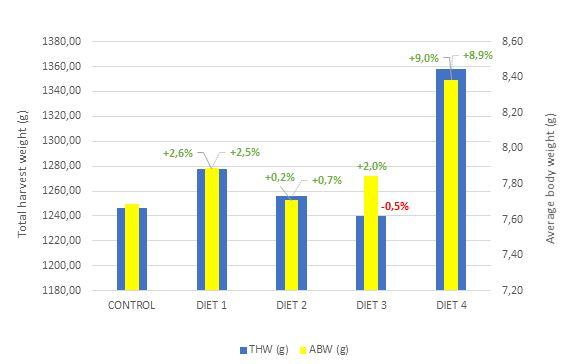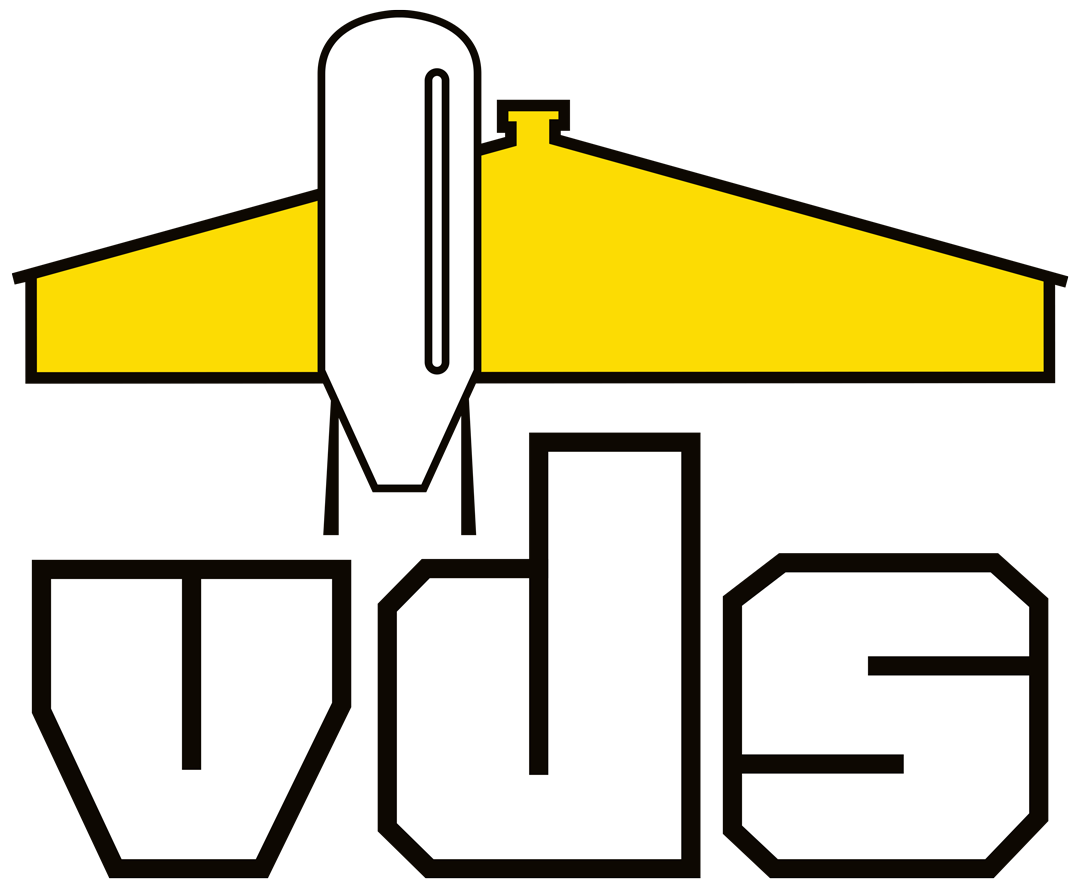In-house shrimp and fish testing for the best possible product development
We have our own testing facilities to be able to provide our customers with the best possible products. We make regular use of this testing container to test the effects of specific feed additives on shrimp or fish. This allow us to ensure that the products we sell meet all the requirements to keep the animals in the best possible health. Read this blog post to learn more about our approach and the tests we carry out frequently and to take a look at a recently performed trial.
Converted shipping container with Recirculating Aquaculture System (RAS)
A large converted shipping container with a Recirculating Aquaculture System (RAS) has been placed on VDS Premix’s premises. This container has been fitted with various filters and pumps to ensure the best possible water treatment and remove nitrogenous compounds. We raise a great many animals using different feed formulations inside eight 500-litre tanks.
As these testing facilities are located in-house, we keep a clear picture of any feed additives’ impact on the animals. We record what works well and what does not during our trials and make adjustments as needed. This ensures that we can offer our customers more relevant information and assure them of healthy fish and shrimp.
Representativeness as the main goal for practical usage
Performing such trials regularly allows us to determine whether new products and combinations of ingredients are effective or not. It is very important to us for our tests to be representative. It makes it a simple matter to convert the findings into practical feed formulations, farming parameters and feeding schedules that will match reality as closely as possible. This is always useful to a feed manufacturer.
Live shrimp feed testing procedure
The majority of our trials involve tropical whiteleg shrimp, or Litopenaeus vannamei. Testing generally focuses on better digestion, improved immunity, the use of alternative protein sources and sustainable feed options.
Ensuring the best possible RAS parameters
It is vital for the biofilter inside the RAS to work as efficiently as possible before testing begins. The tank must be filled with bacteria for the removal of nitrogenous compounds. Without these, waste products would accumulate, making it nearly impossible for the animals to survive. It is also necessary to check other water quality parameters such as the temperature, pH value, salinity and oxygen content.
Acclimation of shrimp larvae
To be able to test our products on live shrimp, we order shrimp larvae from a hatchery that delivers them to use with the greatest possible care. We add water drop by drop, gradually acclimatising the larvae to our system. During this process, careful monitoring of water quality parameters is enormously important.
Distribution of larvae across different tanks and feed formulation
We then distribute the larvae, which weigh approximately 0.002 g on arrival, among the different tanks, feeding them a live diet (artemia) for the first week. This is supplemented by special larval feed. After a month, the larvae weigh approximately 1 g. We measure the total biomass within each tank with great precision to be able to determine the shrimp’s rate of growth during testing.
Testing of different feed formulations
We generally test four different feed formulations at a time, comparing these to a control diet. We carefully monitor the feed intake, survival, growth and water quality. At the end of the test, we weigh each individual shrimp. After six weeks, they should be weighing close to 10 g. We also measure the biomass per tank once more.
Results analysis, reporting and notification
We analyse the results and record our findings in a report once the trial is done. As mentioned previously, we generally test four different feed formulations at a time. The chart below shows a trial with five different formulations. The yellow bars in the chart stand for the shrimp’s average body weight (ABW). The blue bars show the total biomass (THW) per treatment. For this round of tests, the fourth formulation performed very well compared to the others. We also compare each feed formulation to a control diet.

After the analysis, we carefully record all our findings in a database. We then use this database to determine what to tell our customers and which products to bring to market.
Any questions about our feed tests?
Do you have any questions about our testing facilities, or are you looking for suitable feed for your own shrimp or fish? Please do not hesitate to contact us. Our experts would be happy to help.


